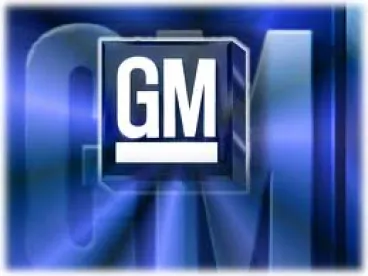On March 19, 2019, NHTSA published General Motors’ petition seeking a temporary exemption in order to field a fleet of its fourth generation Cruise AV vehicles without traditional vehicle controls. When the vehicle was first announced by GM in early 2018, images depicted a Chevy Bolt interior, absent a steering wheel, pedals and mirrors, which are required under current U.S. vehicle regulations. Dan Amman, former president of GM and now-CEO of GM subsidiary, Cruise Automation, quipped at the time that “a car without a steering wheel can’t have a steering wheel airbag… What we can do is put the equivalent of the passenger side airbag on that side as well. So it’s to meet the standards but meet them in a way that’s different than what’s exactly prescribed, and that’s what the petition seeks to get approval for.”
Amman’s comments, however, gloss over the real significance of the exemption being sought, which is that GM is intent on producing a vehicle in which “human occupants in GM’s [zero-emission autonomous vehicle or] ZEAV will not have access to vehicle driving controls.” The petition rightly concludes that “[w]ith the ADS as the driver, there is no need for features designed to interface with a human driver, such as manual human driver controls (e.g., steering wheel, brake pedal and accelerator pedal), human‐driver‐specific information systems (e.g., telltales and indicator lamps), human‐driver‐oriented visibility features (e.g., rearview mirrors), or human‐driver‐specific occupant protection (e.g., steering‐wheel‐mounted airbag).”
However, the real question that should be reviewed in the petition is not whether human-driver-based requirements should be exempted if there is no human driver, which appears quite logical, but rather, if we should effectively forbid human intervention in the first place by removing the only means of manual control from the vehicle. The petition makes a case that 94 percent of vehicle crashes are attributable to human error in support of its need to replace human drivers with its ADS.
GM also hints at its plans for implementing its Cruise AV into commerce by describing conditions under which NHTSA has provided favorable variances:
- Manufacturer would hold title to the vehicles;
- Vehicles would be operated primarily in “urban environments” and at “low urban speeds”;
- Vehicles would have “low operating speeds” and be deployed in “urban use”;
- Speed “will not exceed 40 mph”; and
- It is unlikely that the vehicles would be driven in “rain, snow, or winter months.”
GM makes it clear that it intends to maintain title and control over its Cruise AV vehicles during the two-year duration of the exemption, indicating that individual or fleet sales of its automated vehicles are at least two years away, which should not come as a surprise. Perhaps more interestingly, buried in the footnotes, the petition notes that the vehicles are expected to travel at speeds above 40 mph and that top speeds will increase over the course of testing. Further, while weather restrictions will be in place at the outset, GM clearly envisions testing in rain, snow, and winter driving over the course of the exemption. Ultimately, in all of these test conditions, GM articulates its sense of responsibility that by maintaining title and direct control over its Cruise AV fleet, “[if] an incident were to occur, GM could promptly analyze the situation in depth and address it.”
The petition remains open for comments until May 20, 2019.



 />i
/>i

